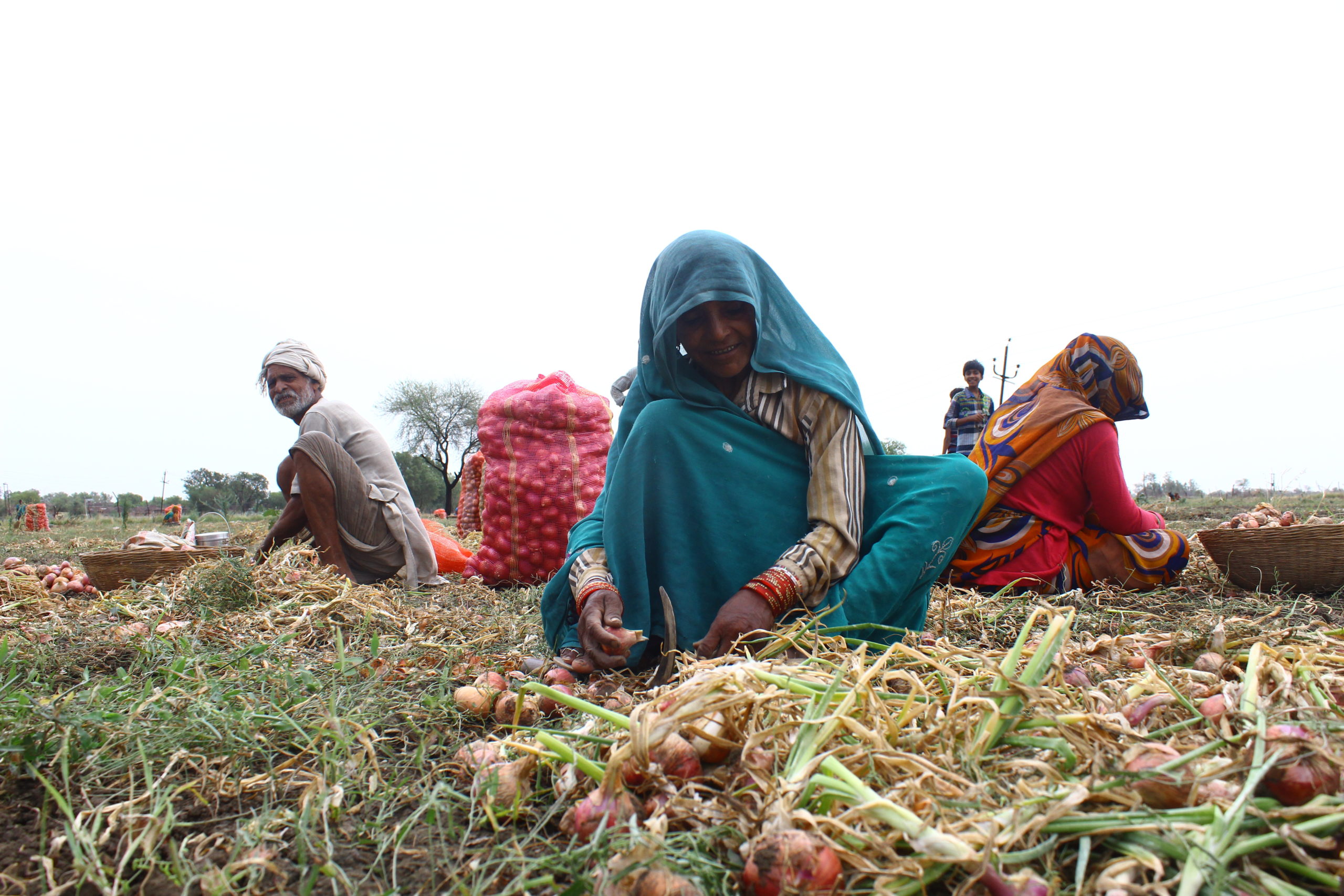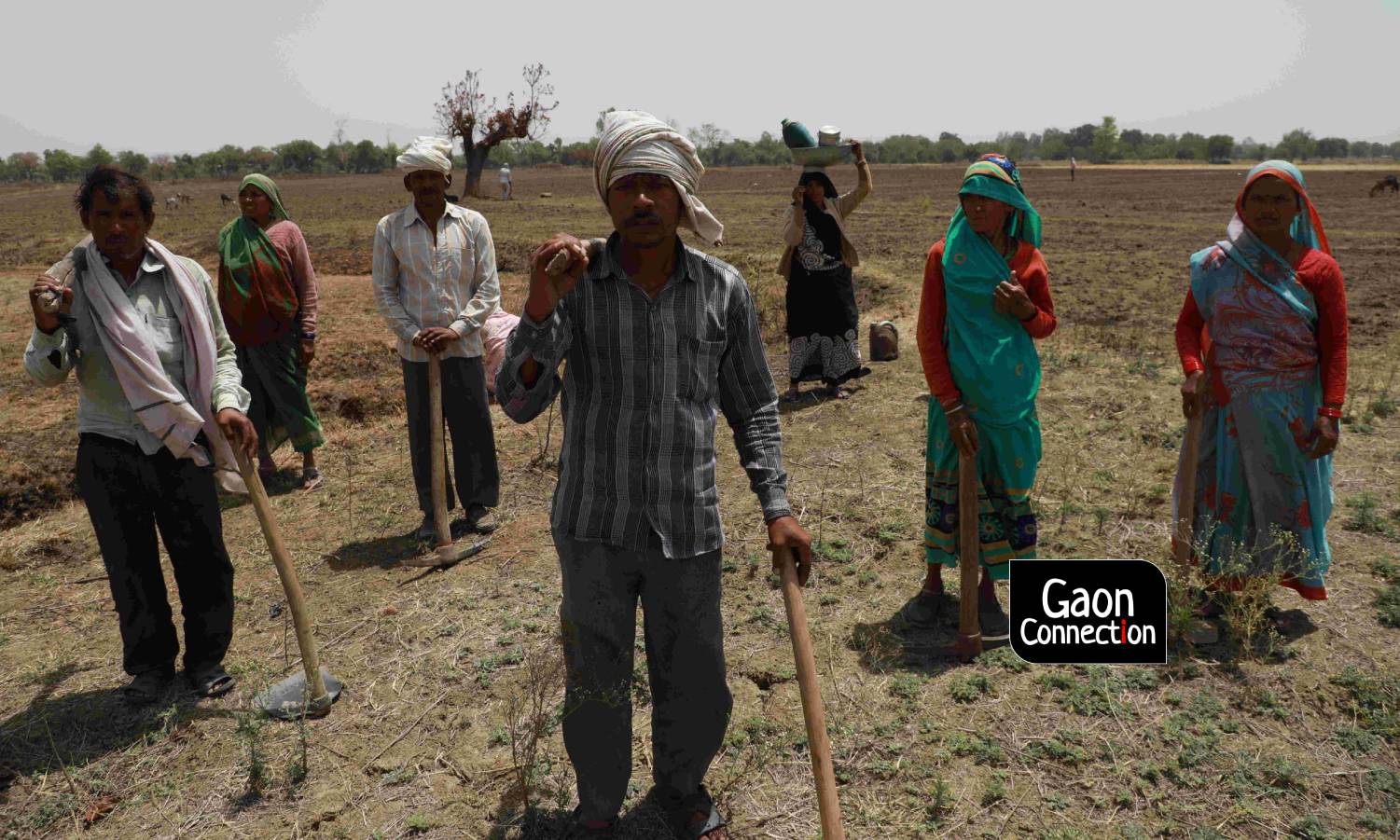Is MGNREGA in danger of running aground because of insufficient allocations in the COVID-19 pandemic?
As against the current allocation of Rs 101,500 crore towards MGNREGA this financial year, there is a need for an additional allocation of Rs 100,000 crore towards the programme to meet the work demands of rural population.


As of August 24, the Government of India is left with about Rs 45,000 crore for Mahatma Gandhi National Rural Employment Guarantee Act (MGNREGA), and there are still seven months to go in the financial year 2020-21. Despite an additional allocation of Rs 40, 000 crore above the initial allocation of Rs 61, 500 crore made by the Union finance minister, Nirmala Sitaraman, the MGNREGA funds, meant to provide employment to rural population, are woefully inadequate keeping in mind a large number of people have lost their livelihoods due to the coronavirus disease (COVID-19) pandemic and the lockdown.
In this financial year 2020-21, the total MGNREGA allocation of Rs 101,500 crore, of which now only Rs 45,000 crore is left, is meant to be spent across 269,035 gram panchayats in the country. This means each gram panchayat gets an average of Rs 37.72 lakh this year, or Rs 3.14 lakh per month. Across the country, 279.3 million people are registered under MGNREGA, whereas the total job card holders are 143.5 million. Even taking a very conservative estimate of Rs 75,000 per scheme, about 50 schemes can be executed annually in each gram panchayat with this budget, which translates to approximately four schemes per month. Ideally, there should be at least 10 to 15 schemes in a gram panchayat at any given time.
Having only Rs 45, 000 crore for the next seven months in this financial year means a provision of about Rs 2.39 lakh per month. This means each gram panchayat will at the most execute up to three schemes per month and, on an average, generate about 995 persondays per month. However, each gram panchayat has on an average, about 530 job cards implying there is provision for less than two days of employment per rural household in a month.

Analysis of data from the official MGNREGA website last month in August, by a civil society group called People’s Action for Employment Guarantee (PAEG), shows about 17 per cent of the households registered with MGNREGA have not been allocated work. A huge chunk of demands is not even registered in the official Management Information System. In absence of sufficient sanctioned schemes, workers will not have enough work to tide them over the current economic crisis due to COVID-19. The schemes under MGNREGA are considered to be the sole livelihoods safety net for the workers to fall back on. The percentage will only increase with funding shortfall under the Act.
The breakdown
At present, the average per-worker-per-day expense to the government under the MGNREGA is Rs 240, which includes wage, administrative and material costs. On an average, the current budgetary allocation provides for about 30 days of employment for each of the job card holding families. There are 143.8 million households registered for MGNREGA in the country.
For the month of May, June and July this year, there has been an average increase of 60 per cent work demands as compared to the last year during the same time period. The generation of persondays has been 50 per cent more. There is a significant increase in the dependence on MGNREGA this year which requires an adequate response from the government.
Problems of largescale leakages, frequent delays in payments and not enough work have plagued MGNREGA for the past 10 years. Civil society organisations and individuals working on MGNREGA have voiced time and again that the programme is too conservatively funded and the annual allocations are inadequate to cater to the ground needs.

As against the current allocation of Rs 101,500 crore, there is a need to allocate Rs 200,000 crore towards MGNREGA this financial year. Also, considering the fact the current allocation takes into account the arrears for previous years, which is more than Rs 10,000 crore in real terms, the budget for this financial year shrinks further.
Till 3rd August, more than 3.8 million new job cards have been made in the country and at this rate about five to six million more job cards may be registered by the end of this financial year. The central government, already struggling with the programme, has to make a huge effort to allocate more funds and better manage the schemes to respond to the increasing demand for work in the pandemic.
Unequal wages
A recent analysis of 20 states by the Right To Food Campaign reveals that on an average the MGNREGA wage rates are Rs 85 lower than the corresponding state’s agricultural minimum wage rates, which means that MGNREGA workers do not even get the minimum wages. The scope of income through MGNREGA remains limited if the wage rates are not increased adequately.
The government needs to raise the wages adequately to match it with the minimum agricultural wage rates of the states which also means the per person per day average cost, at present budgeted at Rs 240, will have to be raised significantly to Rs 350 per person per day, which will result in an overall increase in the MGNREGA budget.

Fund crunch
If MGNREGA is to keep moving for the rest of the financial year, an additional second supplementary allocation of at least Rs 100,000 crore is needed. Unless adequate budgetary provisions are ensured from the central government, the local administration will struggle to manage the programme with no way of meeting the work demands. Also, frequent delays in release of payments will start as soon as the government exhausts 65-70 per cent of the funds. This in turn will restrict ground execution and slowdown work further. Effective administration is only possible with adequate funding so that bureaucrats are not constrained to limit the scope of the programme in the face of a greater local need.
While the supplementary allocation of Rs 40,000 crore is a welcome move by the central government that has helped the programme run without a fund crunch in the initial months of the financial year, it is far less than what is required at the ground level. It is crucial that the Centre makes an additional allocation of Rs 100,000 crore towards MGNREGA to keep the programme afloat.
Debmalya Nandy is associated with the NREGA Sangharsh Morcha, and has worked with the tribal population in Jharkhand and Odisha for 11 years.

